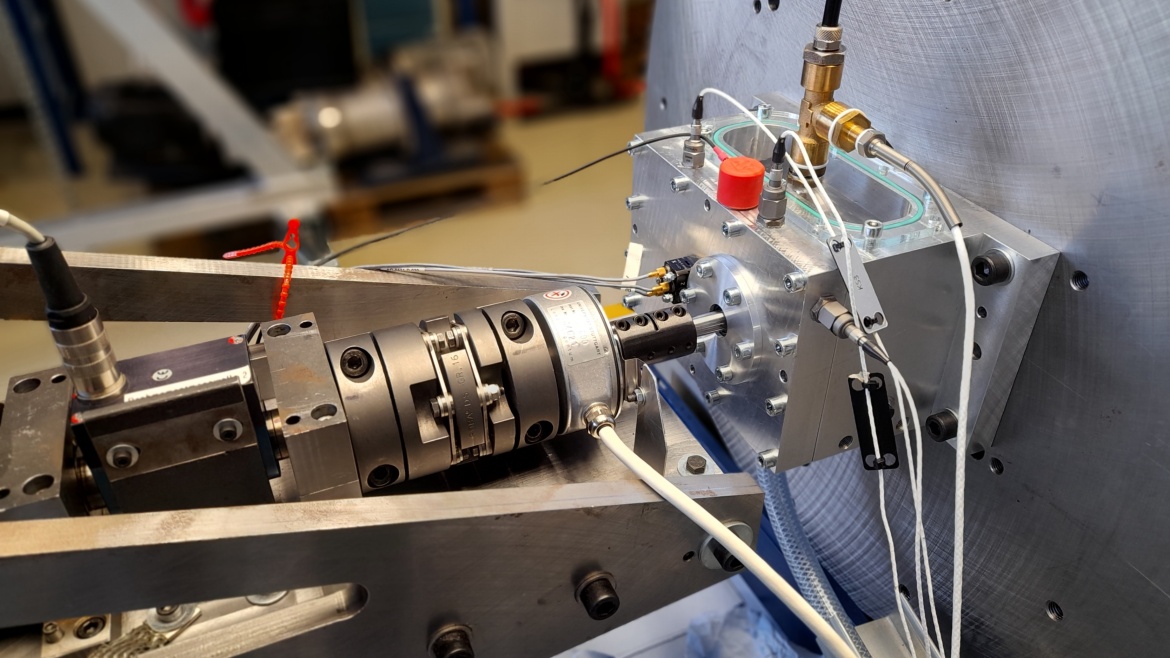Focus of the research area Drive Train Diagnostics and Prognostics
The research area Drive Train Diagnostics and Prognostics deals, among other things, with transmission noise in vehicle transmissions. For this purpose, powertrain components are investigated under the influence of rotational irregularities. The rattling and clattering noises excited by the combustion engine are increasingly receding into the background in the course of the progressive electrification of powertrains, which is why new challenges in the area of reliability and service life are coming into focus.
Current research is looking at optimizing the service life of gears. These investigations also fall within the scope of Prognostics and Health Management (PHM). The goal of PHM is to determine the Remaining Useful Life (RUL) of components during operation. This prediction of the remaining service life can be used to design the components in a way that is suitable for the stresses they will be subjected to or to extend the service life by taking suitable measures.
The efficient use of resources is becoming increasingly important throughout the entire product development process, which is why aspects such as sustainability and resource conservation are increasingly becoming the focus of the development process. This is achieved, among other things, through energy balancing throughout the entire life cycle and through increased reusability and reprocessing of individual components. In the area of reprocessing, research is being conducted as part of an industry collaboration on evaluation criteria and suitable test methods for determining the RUL of components. From this, a method is being developed that will serve as a decision-making basis for the reuse of components in exchange transmissions.
The Drive Train Diagnostics and Prognostics department is also concerned with the internal combustion engine as part of the powertrain. The efficient utilization of available resources plays a decisive role during the development and utilization phase of large diesel engines. Due to the small quantities involved, PHM approaches are particularly suitable here. Hot parts are particularly stressed by the transient operation, which is why the focus is on an optimal service life of the exhaust gas turbocharger. Virtual sensors are developed and used here, since direct measurement of relevant loads is not possible without damaging the component. This allows the failure behavior due to the thermal load to be investigated and thus a RUL to be predicted.
- Vehicle transmission
- Transmission noise
- Vibration technology
- Service life optimization of gears
- Refabrication of gearboxes
- Virtual sensors for PHM application
- Hot parts of large diesel engines
Contact Head of Drive Train Diagnostics and Prognostics

Martin Dazer
Dr.-Ing.Head of Department

Lukas Merkle
M.Sc.Vice Head of Department










